Lately there have been multiple discussions on the forum about algebraic data types (monads, and the likes).
Because this is a concept that is new or foreign to a lot of people (and widely considered tricky to understand), I thought it would be a good idea to make a topic that:
- is a Wiki where guides that explain how ADTs work and why they are useful can be placed.
- Can be used as a general discussion topic about them.
Qqwy’s 5-minute explanation using fruits and cupcakes:
-
Don’t panic. They are not scary!

- Algebraic Data Type is just a fancy way of saying ‘container’ (as in: ‘compound structure’).
- You are using ADTs and their interfaces even if you do not know it.
- Recognizing them can help you to write more generic (reusable) code.
Quick summary:
| Interface name | 'Kitchen' example | Formal Kitchen syntax | Fully formal syntax |
|-----------------------------|---------------------------------------------------------------------------------------------------------------------------------------------------------------------------------------|--------------------------------------------------------------------------------|--------------------------|
| Normal Function Application | Given `an apple`, and something to do with that apple such as `cut`, return the result of that: `cut(apple)` | Apple -> (Apple -> CutApple ) CutApple | a -> (a -> b) -> b |
| `map` | Given `a box of apples`, and something to do with each apple, such as `cut`, return `a box of cut(apple)s` | Box Apple -> (Apple -> CutApple) -> Box CutApple | f a -> ( a -> b) -> f b |
| `apply` | Given `a box of cupcakes to decorate` and `a box of decorations`, return `a box of decorated cupcakes` | Box (Decoration -> DecoratedCupcake) -> Box Decoration -> Box DecoratedCupcake | f (a -> b) -> f a -> f b |
| `wrap/pure` | Given `an apple`, return `a box filled with one apple`. | Apple -> Box Apple | a -> f a |
| `chain` | Given `a taco filled with salad` and `a function that takes 'something', puts some sauce on top and then wraps in a tortillia returning a taco`, return `a taco with salad and sauce` | Taco Salad -> (Salad -> Taco SaladWithCheese) -> Taco SaladWithCheese | f a -> (a -> f b) -> f b |
ADT Names
- (Function application can be used on everything without needing extra syntax.)
- A Functor is a container for which you can define
map. - An Applicative Functor is a container for which you can define
map,applyandwrapfor. - A Monad is a container for which you can define
map,apply,wrapandchainfor.
Some notes
- Many things are Functors (more generic, less powerful), fewer things are Monads (more specific, but more powerful).
- A list of common data types that fall in one of these categories can be found here.
####About naming in different contexts:
-
mapis also known asfmapand<$>and in Haskell. -
applyis also known as<*>in Haskell. -
wrapis also known aspureandreturnin Haskell, and asunitin Scala. -
chainis also known as>>=in Haskell, and also known under the namebindin Scala and Rust.
List of other explanations of Algebraic Data Types
- Functors, Applicatives and Monads in Pictures
- List of other Monad tutorials on the Haskell Wiki.
- Monads in Functional Programming: a Practical Note






















